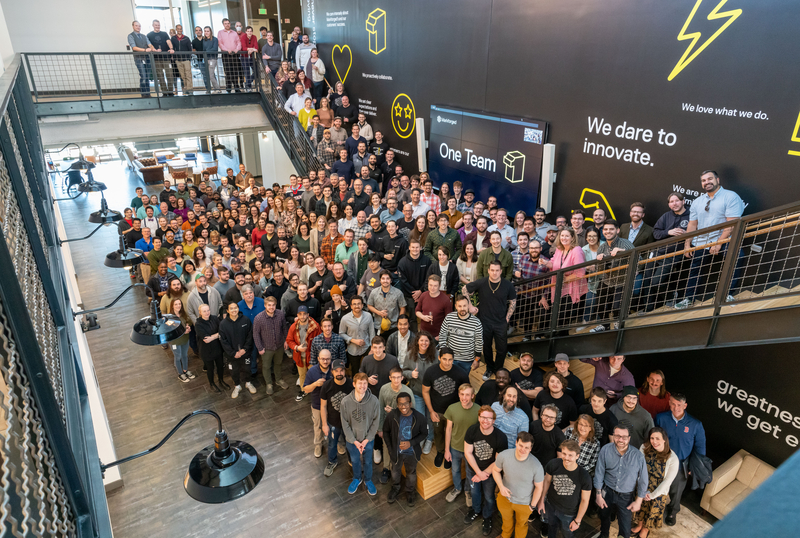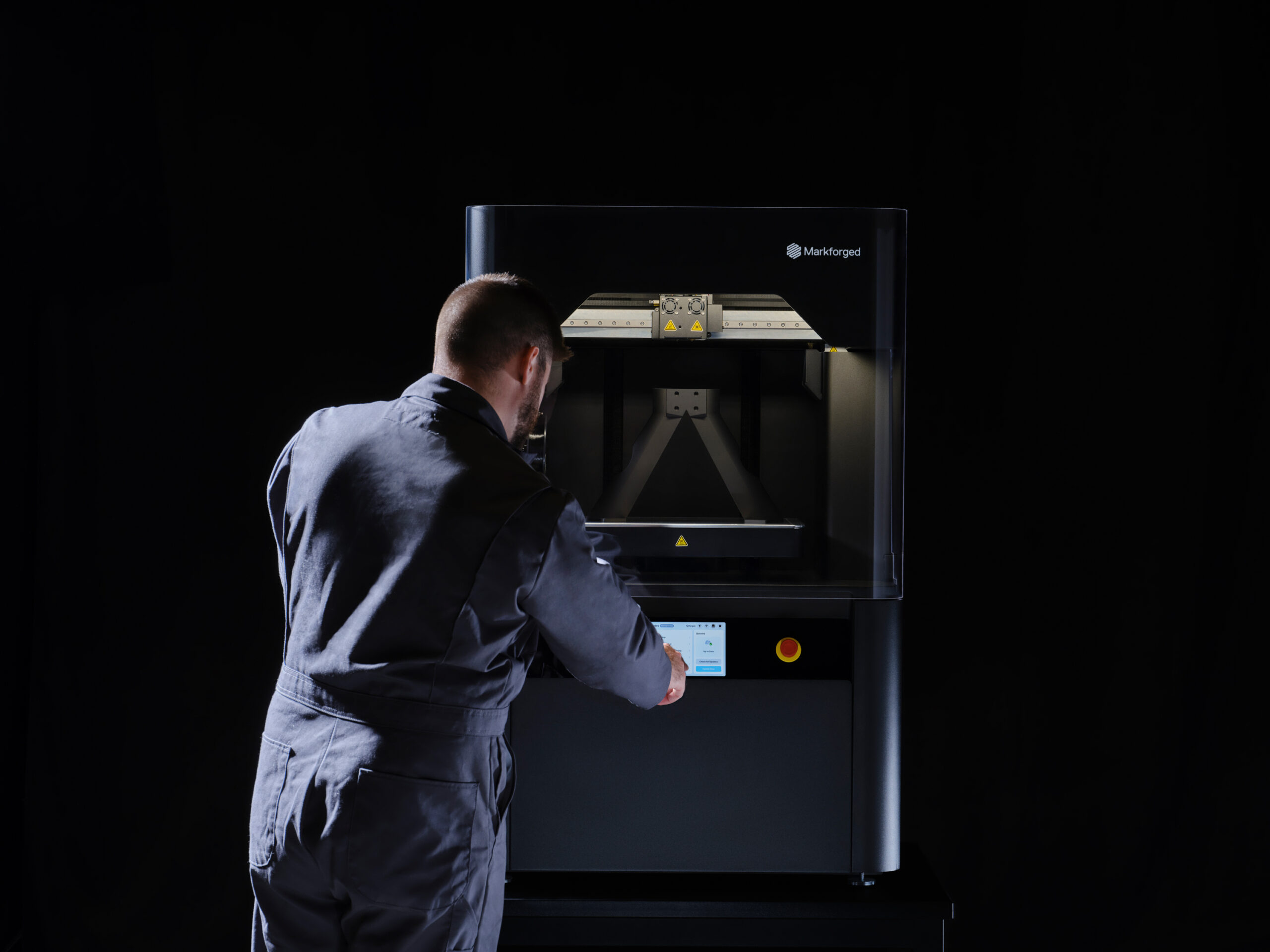Markforged (NYSE: MKFG) reported its financial results for the first quarter of 2024, marked by increased net losses and a decline in revenue. Despite launching a new 3D printer and efforts to cut costs, the company also set aside $17.3 million to pay Continuous Composites after a Delaware court ruled that Markforged had infringed on a patent.
In a year-over-year comparison, Markforged experienced a downturn in revenue, reporting $20.5 million in the first quarter of 2024, a 15% decrease from $24.1 million in the same period last year. The revenue performance was largely driven by lower system sales, which continues to be impacted by a challenging macroeconomic environment with high interest rates, said Chief Financial Officer (CFO) Assaf Zipori. However, the company showed a slight improvement in profitability metrics, with the gross margin increasing to 49.3% from 48.1%. The adjusted non-GAAP gross margin also rose, reaching 51.3% compared to 49.3% in the first quarter of 2023.
Net losses for the quarter widened significantly, standing at $35.9 million, compared to a loss of $19 million in Q1 of 2023. On an adjusted basis, the net loss showed a modest improvement at $12.2 million, better than the $13.3 million loss reported last year.
However, the financial strain was particularly visible in the company’s operating expenses, which surged to $47.2 million from $33.1 million. The 42.6% cost increase includes a $17.3 million amount set aside by Markforged due to a court judgment in favor of Continuous Composites, an Idaho-based company specializing in similar advanced composite printing technology. Zipori noted during an earnings call with investors that while this $17.3 million is reflected in the expenses, it has not been paid out in cash at this point.
“In Q1 2024, we accrued a GAAP expense of $17.3 million to reflect the judgment awarded by the jury. This is excluded from our non-GAAP results. No cash payment has been made at this point,” pointed out the executive.
This multi-million dollar payment results from a legal dispute in which each company claimed to have developed key aspects of this printing technology, which deposits composite fibers simultaneously with thermoplastics using a dual-nozzle system. A jury determined that Markforged infringed on Continuous Composites’ patent, resulting in the financial judgment.
This conflict originated in 2021 after Continuous Composites filed a patent infringement lawsuit against Markforged. Although 21 of the 22 patent claims were deemed invalid during the trial, the jury concluded that Markforged had infringed on one of Continuous Composites’ valid patent claims. Although the company is not disclosing details of the court ruling, Zipori explained to investors that the patent verdict is mainly related to Markforged’s hardware, more specifically, the continuous carbon fiber technology within the hardware. The $17.3 million payment covers sales of infringing 3D printers from November 16, 2021, through December 31, 2023, in the United States only.
Post-verdict, Continuous Composites said it planned to pursue further legal actions, including seeking royalties on future revenues from Markforged’s sales of the implicated printers through 2033. However, Markforged says it strongly disagrees with the verdict and is exploring options to appeal the decision.

Markforged President and CEO Shai Terem at the company’s new headquarters in Waltham, MA. Image courtesy of Markforged.
Moving beyond the courtroom, Markforged succeeded with its new product launches, particularly the introduction and initial shipment of the FX10, designed for high-speed, high-quality production on the factory floor. The FX10 has been well received in the market, promising nearly double the print speed and volume compared to its predecessor, the X7.
CEO Shai Terem told investors that customers are already printing mission-critical parts on the factory floor and that Toyota is one of the first customers using the FX10 to accelerate part production and tooling applications on their assembly line. This new product is expected to play a crucial role in Markforged’s strategy to improve its market presence and drive revenue growth in the second half of the year. Terem says it will take one or two quarters until the supply will meet the demand.
“As we enter Q2, our FX10 pipeline continues to grow, and we remain on plan to accelerate deliveries in the coming quarters as we continue to scale up production,” says Terem. “We believe the FX10 meaningfully enhances the Digital Forge and our massive opportunity on the factory floor. Manufacturers need to reduce cost and build more resilient supply chains, remaining a secular tailwind, driving demand for the Digital Forge.”
Markforged also welcomed a new board member, George Riedel, an executive with a strong background in global technology and strategy. Riedel has been Chair of the Board of Directors at Infinera (Nasdaq: INFN) and Senior Lecturer in the General Management Unit at Harvard Business School since 2017. From Exxon Mobile to McKinsey & Company, Riedel has held many leadership roles across various sectors. This expertise is key as Markforged deals with current challenges.
For the remainder of 2024, Markforged remains cautiously optimistic. The company has reiterated its revenue guidance for the year, projecting sales between $95 million and $105 million.
Zipori indicated that revenue is expected to “grow mid-single digits quarter-over-quarter in Q2 and we continue to see an opportunity for accelerated growth in the second half.”
This outlook considers ongoing macroeconomic challenges but anticipates a boost from new products like the FX10. The gross margin is expected to oscillate between 48% and 50%, with a projected operating loss of $42.5 million to $47 million. While Markforged faces hurdles from reduced revenue and litigation issues, its strategic product launches and operational improvements are a good foundation for a potential recovery in the following quarters.
Subscribe to Our Email Newsletter
Stay up-to-date on all the latest news from the 3D printing industry and receive information and offers from third party vendors.
You May Also Like
Model No. Deploys Titan Pellet 3D Printers for Sustainable Furniture Production
Over the years, many designers have tried to create 3D printed polymer furniture. Early pioneers like Janne Kyttanen, Materialise’s MGX, and Joris Laarman have led the way with 3D printed...
3D Printing News Unpeeled: Recycling PLA, More Efficient Atomizing
Filamentive hopes to recycle your PLA if you’re in the UK and order over £500 worth of filament. Their partner 3D Printing Waste (3DPW) will turn the PLA into injection...
Lighting the Way with Potato Starch: Sustainable Polish ECO Lamps Use 3D Printing
Lighting that meets the essence of nature: this is the reality brought to life by ECO Lamps, which introduces a fresh perspective to sustainable lighting design using potato starch. These...
3D Printing News Unpeeled: 3D Printed Construction Standard, Sand Wall & Self Heating Microfluidics
ISO/ASTM Standard 52939:2023 has been released and it sets standards for QA for 3D Printed polymer, composite and cement buildings. This is most welcome since 3D printed construction is a...


































